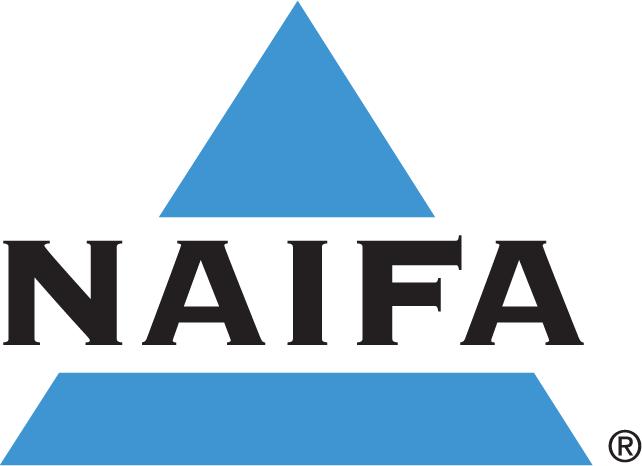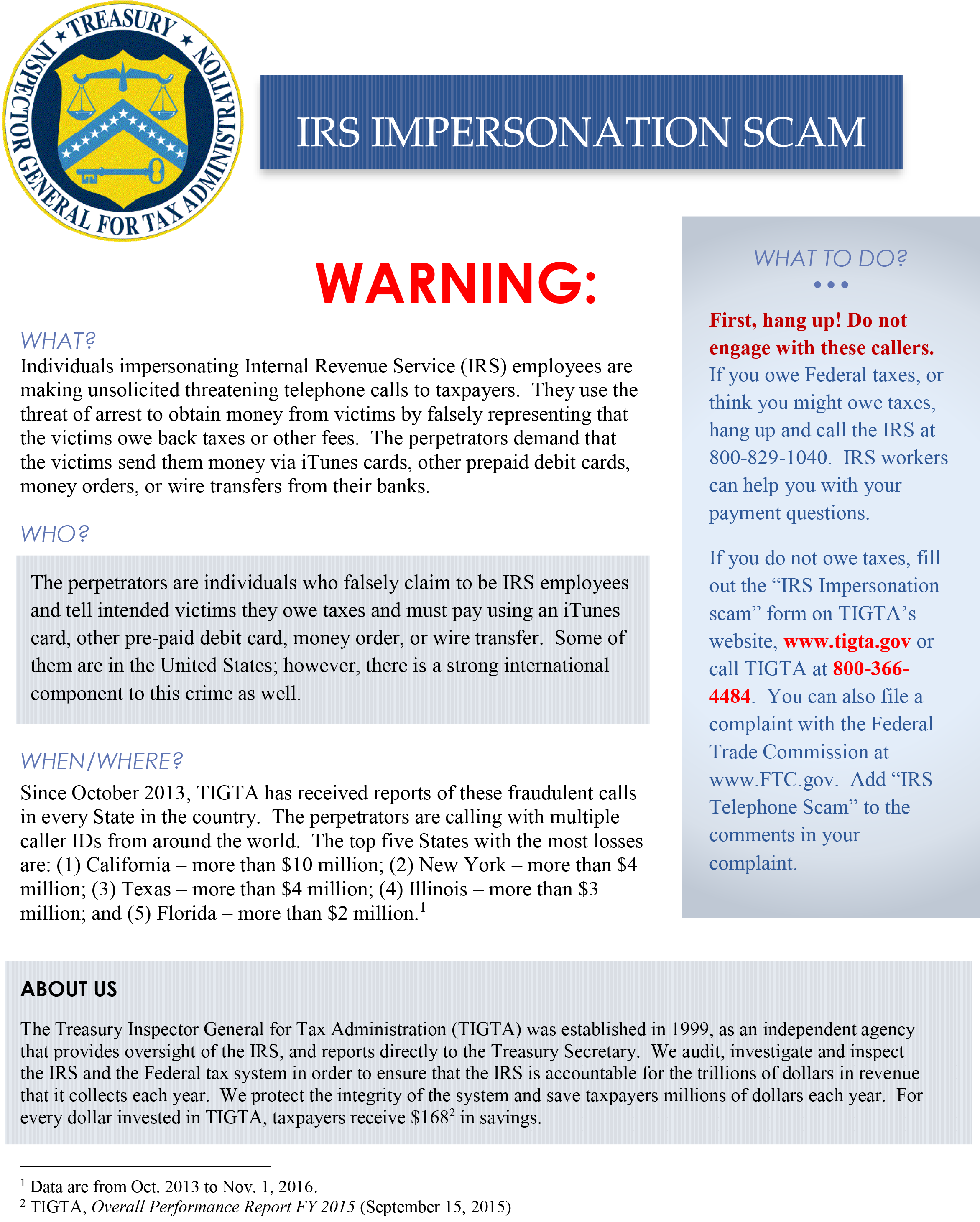The New York State Department of Financial Services (DFS) recently issued emergency regulations describing the notifications that insurers and agents must provide to their policyholders regarding the flexibility being given regarding premium payments, policy lapse and renewal and other topics. The new regulations—11 NYCRR 229.5(b) and 3 NYCRR 405.6(b)(4).
>View the Regulations
The DFS also published guidance to help producers address some of the questions they may have about complying with the requirements of the new regulations. This guidance includes a link to a model/template notice that producers can use to satisfy the new regulations’ notice requirements.
>View the DFS Guidance and Templates
The required notification must be provided by April 13, 2020.
NAIFA NYS has been in continuous communication with DFS concerning the mechanics of how the new regulations and notice requirement will work. Is the delivery of physical notices required? Can this be done by email? Is it sufficient to post the notice on a website? --are among the questions NAIA NYS is raising with DFS.
Based upon their discussions with DFS, NAIFA NYS is providing the following advice to their members:
“Producers should post the sample notices provided by the DFS to their websites as soon as possible; the ten-day period expires on the 13th, so producers should have made good faith efforts to e mail (allowable) their clients by then; producers should be undertaking good faith efforts to gain the e mail addresses if not physical addresses in this period for those for whom they do not have that contact information; the companies' notices to the producers are not a condition precedent to the producers having to send out their own notices.”
It is important to note that the regulations create two independent obligations--notification from the insurer to the customer than includes all the required disclosures does not satisfy the producer’s responsibility to provide his/her own notification to the consumer.







